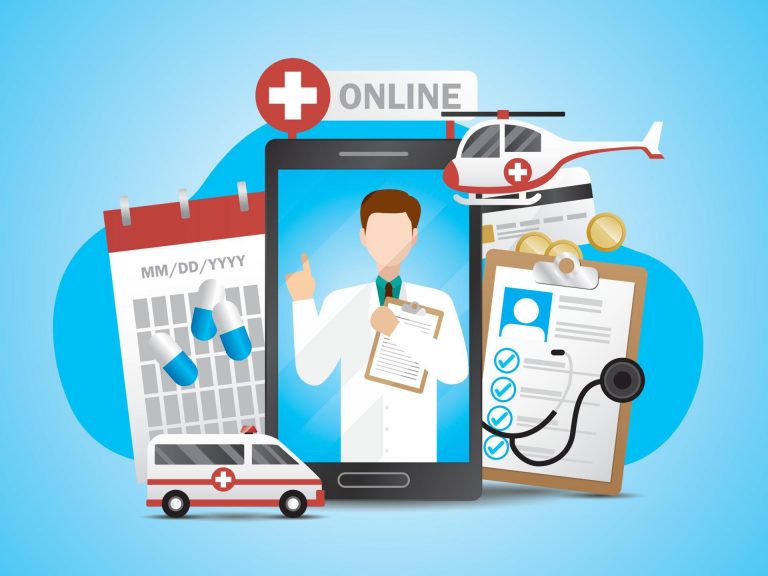Artificial intelligence (AI), data analytics, and real-time information management are transforming government and law enforcement. By giving cops instant access to vital information, boosting situational awareness, and streamlining decision-making, these technologies enable more successful law enforcement tactics.
Real-Time Operation Centers (RTOCs)
As centralized repositories of surveillance data, Real-Time Operation Centers (RTOCs) combine data from several sources, including algorithmic data mining, CCTV video, and social media monitoring. Before they get on the site, law enforcement officials can obtain up-to-date information regarding occurrences from these centers. Through their patrol cars, for example, police may obtain critical information about suspects or current events, greatly improving their readiness and reaction times.
Officers may better coordinate their operations with the use of RTOCs, which offer a full perspective of the situation. RTOCs let law enforcement organizations to keep an eye on events as they happen, make well-informed judgments, and effectively deploy resources by combining data from many sources. Effective emergency response and public safety management depend on this real-time capabilities.
AI and Data Analytics in Law Enforcement
The use of AI technology to evaluate massive information and provide useful insight is growing. AI may be used by crime analysts to spot trends and patterns in criminal activity, which will help them develop better policing tactics. For instance, crime rates have significantly decreased in cities that have adopted AI-driven analytics. For example, after using such technologies, shootings in certain crime centers decreased by a significant number. The quality and interoperability of the data provided across agencies, which is essential for thorough crime investigation, determine how effective these systems are.
Analytics driven by AI can forecast crime hotspots, plan patrol routes, and discover possible threats before they become serious. AI systems can predict future occurrences and suggest preventive actions by examining past crime data. By taking a proactive stance, law enforcement organizations may more effectively deploy their resources and stop crimes before they happen.
Real-Time Crime Index (RTCI)
Another cutting-edge technology that aggregates crime data from several police departments to show patterns and peaks in criminal activity is the Real-Time Crime Index (RTCI). Through increased data availability, this index improves public accountability and enables law enforcement authorities to react quickly to new threats. Agencies may create prompt intervention plans that fit with the trends in crime by using RTCI.
Law enforcement organizations may more easily spot patterns and make data-driven choices thanks to RTCI’s visual depiction of crime data. By improving situational awareness, this technology helps agencies react to situations more skillfully. Furthermore, by making crime data publicly available, RTCI encourages openness and cooperation between the community and law enforcement.
Operational Efficiency and Community Safety
In addition to increasing operational effectiveness, real-time information management also promotes community safety. Officers can make well-informed choices during crucial occurrences when they have access to live feeds from security cameras and other monitoring devices. For example, officers are now able to modify their response strategies according on the kind of danger, averting any escalation, thanks to real-time insights. Additionally, by following suspect activities after an incident and giving instant access to evidence, these technologies aid investigations.
Law enforcement organizations can react to crises more swiftly and efficiently thanks to real-time data, which lessens the impact on public safety. Agencies may improve situational awareness and make more informed judgments by giving cops access to real-time information. This proactive strategy enhances community safety by preventing problems from getting worse.
Challenges and Considerations
Notwithstanding the advantages of integrating real-time data into law enforcement, privacy issues and the possibility of prejudice in monitoring technology present difficulties. Law enforcement organizations must put protections in place to guarantee accountability and the ethical use of data as these systems grow. Furthermore, sufficient manpower and training for those operating these cutting-edge systems are critical to the efficacy of these technologies.
- Privacy Concerns
Data security and privacy issues are brought up by the usage of real-time information management and surveillance technology. To secure sensitive data, law enforcement organizations must put strong data protection safeguards in place. In order to safeguard people’s right to privacy, organizations must also make sure that the use of surveillance technology conforms with ethical and legal requirements.
- Potential for Bias
The quality of the data that AI systems are trained on determines how well they perform. Skewed results may result from skewed data used to train these algorithms. It is imperative for law enforcement organizations to guarantee that the data used in AI-powered analytics is impartial and representative. To guarantee just and equal results, authorities should also put policies in place to identify and lessen prejudice in AI systems.
- Staffing and Training
AI and real-time information management technologies cannot be successfully implemented without qualified staff who can run and maintain these systems. To provide police the skills they need to use new technology efficiently, law enforcement organizations must fund training initiatives. Agencies should also make sure they have enough employees to handle the added effort brought on by managing information in real time.
Future Prospects
A major move toward more proactive and knowledgeable law enforcement methods is represented by the improvement of policing and governance through real-time information management, data analytics, and artificial intelligence. As technology develops further, integrating it into police operations will probably result in even better public safety results. However, it will also necessitate continuous debates on privacy and ethical issues in surveillance methods.
- Advanced AI and Predictive Analytics
The capabilities of real-time information management systems will be significantly improved by upcoming developments in AI and predictive analytics. As AI algorithms advance, law enforcement organizations will be able to more precisely anticipate and prevent crimes. Agencies will be able to more effectively allocate resources and carry out focused interventions by using predictive analytics to find patterns and trends in criminal behavior.
- Integration with Emerging Technologies
Real-time information management systems’ capabilities will be improved by integrating them with cutting-edge technologies like blockchain and the Internet of Things (IoT). IoT devices may improve situational awareness by providing real-time data from several sources, including wearable technology, smart cameras, and sensors. Blockchain technology offers a tamper-proof record of events and transactions, ensuring data security and integrity.
- Community Engagement and Collaboration
In order to establish confidence and promote cooperation, law enforcement organizations will need to interact with the community as real-time information management systems proliferate. To make sure that these technologies meet the requirements and concerns of the community, agencies should include community people in their development and deployment. Collaboration and open communication will foster trust and guarantee these technologies’ effective adoption.
Takeaway
AI, data analytics, and real-time information management are transforming government and law enforcement. These tools facilitate better decision-making, increase situational awareness, and allow for more proactive and knowledgeable law enforcement procedures. The advantages of these technologies in improving operational effectiveness and public safety outweigh the drawbacks, which include privacy issues and possible biases. Law enforcement organizations must make investments in staffing, training, and ethical frameworks as technology advances to guarantee the effective deployment of AI and real-time information management systems. Agencies may increase their capabilities, boost public safety results, and foster community confidence by adopting these improvements.











